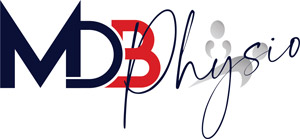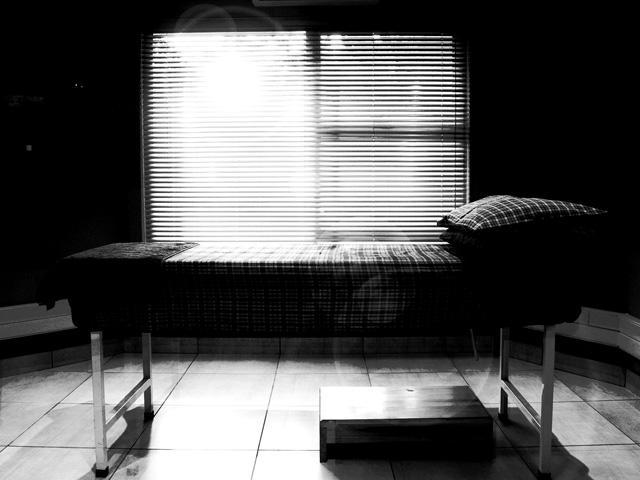
Rustenburg, 0299
Tel: +27 (0)14 592 8322
Netcare Ferncrest/Life
Peglerae/Medicare
Tel: +27 (0)14 592 8322
Shoulder Rehabilitation after Rotator Cuff surgery
GENERAL INFORMATION AND ADVICE:
Number 1
The sling must be worn for 4-6 weeks (depending on doctor’s orders) in order for the tissue to heal properly. (See exercises for how to wear the sling).
Number 2
Do not lift your elbow away from the body using you operated shoulder’s muscles. This will put too much tension on the affected area and could result in the operated tissue tearing.
Number 3
Physiotherapy is very important 2 – 3 x per week (depending on each patient’s progress). The physio must ensure that the shoulder retains good movement and does not become stiff. The aim is to have as much movement as possibe when the sling comes off. This is a delicate process and must be monitored constantly in order not to damage the surgery. The physio will also adress neck stiffness, muscle spasms, pain and swelling.
Number 4
Only after the sling has been removed and the doctor/physio is happy that the healing is sufficient, may the patient start doing gentle strenghtening exercises.
Number 5
Keep the wound dry while the wound is dressed. Plasters can usually be removed after 14 days or as the doctor ordered. If your wounds are red,warm or have a yellow discharge contact the doctors rooms. Carefully wash under the armpit with a cloth without lifting your elbow away from your body.
Number 6
Button down shirts are easiest to wear. When dressing, your operated shoulder should be into the sleeve first. When undressing your operated shoulder should be undressed last.
Number 7
Do not sleep without the sling. Do not sleep on the operated shoulder. Use a pillow to support the operated shoulder and arm when sleeping on the healthy side.
Number 8
Do not lift or grab anything while the arm is in the sling. No sudden movements with the arm.
Number 9
No driving while your arm is still in the sling. Only start driving when you can safely drive without any pain and your shoulder is strong enough to perform all the necessary actions.
Number 10
Maintain good posture (See exercises for examples of good posture).
Number 11
For swelling and pain ice and heat can be used (See exercises for time specific management).
Number 12
Do not do any gym exercises before 12 weeks post surgery. Consult your physio for a biokineticist referral
if you want to start doing gym exercises. The following exercises must preferably not be done in the gym
again:
a) Upward rows
b) Military Presses
c) Front/lateral fly’s
d) Dips
Number 13
Do not lift any heavy objects or play sport before a biokineticist is satisfied that you have reached the final stages of your gym-rehab.
EXERCISES:
0-2 Weeks
EXERCISES SHOULD NEVER BE EXCESSIVLY PAINFULL
REPEAT ALL EXERCISES APPROXAMITALY 10 TIMES
1 - Breathing Exercises
a. Sit or lie down comforatably.
b. Breath in through your nose.
c. Breath out through your mouth.
d. Keep your shoulders relaxed.
1. Take a deep breath in and out.
2. Take a deep breath in, hold for 3-5 sec and breathe out.
3. Take a deep breath in, then a bit more in, and breathe out.
2 - Pendulem exercises:
a. Keep your back straight.
b. Use your body movement to get your arm swinging passively.
1. Straight forward and backwards.
2. Straight sideways from left to right.
3. In small circles clockwise and anti-clockwise.
3 - Shoulder protraction/retraction:
a. Lie down on your back.
b. Lift your shoulders off the bed (forward).
c. Relax your shoulders and push your shoulder blades flat against the bed (backwards).
d. When you are comforatable with this exercise you can also do it while sitting.
4 - Elevation/ depression:
a. Lie down on your back.
b. Lift your shoulders up towards your ears.
c. Relax your shoulders and push then down towards your feet.
d. When you are comforatable with this exercise you can also do it while sitting
5 - Posture correction:
a. Sit on a hard chair.
b. Keep your back straight.
c. Pull in your stomach.
d. Tuck your chin backwards (ie make a dubble chin).
e. Pull your shoulder blades slightly down and backwards.
f. Now hold this position for 10 seconds.
6 - Circulation exercises to prevent blood clotting:
a. Keep your arm close to your body.
b. Carefully remove your forearm from the sling.
c. Use your healthy hand to stabilise your operated upper arm.
d. Gently do the following movements.
1. Straighten and bend the elbow.
2. Turn your hand up toward the roof and down toward the floor.
3. Move your wrist in circles.
4. Exercise your fingers.
7 - Ice for swelling and pain:
a. Cover the surgerical site with a clean sheet of plastic or a towel in order the protect the wounds and dressings.
b. Put an ice pack over your swollen or painful areas.
c. Keep it on for 10-15 minutes.
d. You can do this 3 times per day.
8 - Put the sling on correctly:
a. The strap around your neck should not be too tight.
b. The strap around your body should be nice and tight.
c. Your arm should be against your body.
d. Your elbow should be bend to 90°.
e. Your wrist should be well supported.
(Download the complete hospital exercise guidelines document)
Important!
All shoulder surgery patients require physiotherapy after dicharge from the hospital, to prevent post-operative complications and failure of surgery.
- You will need 2-3 sessions/ week. Please phone the practice for an appointment ASAP.


Recent Comments